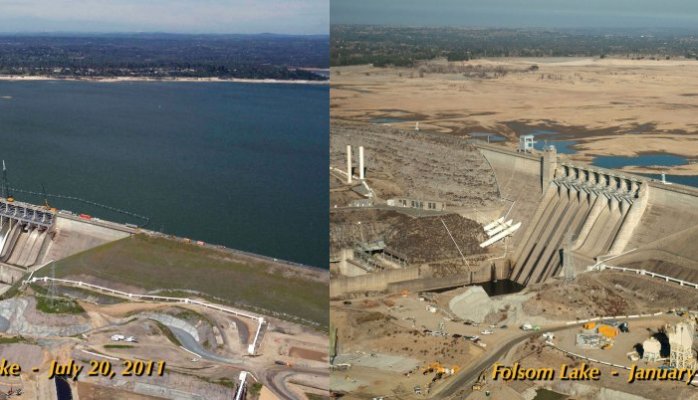As most of you have heard, we are in a severe drought in California. San Diego imports 90% of its water to support our citizens – that’s not a typo – 90%. We have not been water independent since 1946. My father was an engineer for a local water district for over 40 years, so water has been a topic of discussion in my household my entire life – this is still very true today.
We rely on rainfall and snow pack from Northern California, Colorado, Utah, and other nearby areas to feed the Northern Deltas and Colorado River to meet our water needs in Southern California.
Sadly, the snowfall and rain have been very sparse in the last 5 years. The San Diego County Water Authority has been working for more than 10 years to increase our ability to become more water secure locally, and ensure we have the ability to store water when we do receive rain. Most San Diegans have made great strides in saving water, and recently the state has mandated additional savings to make the water we do have last.
So what else can we do?
In reviewing how facilities use water for clients, I am still often finding over irrigation. It may not seem like we use a lot of water outdoors, but outdoor water use is about 60% of your total use. The easy rule of thumb for irrigation is “if you are growing moss, you are over watering.” In both your home and business, you can evaluate your irrigation schedule, make a few adjustments and see results on your next water bill. If you have a landscaper our groundskeeper, a 15 or 20 minute walk of your facility can reveal some easy cutbacks that will save you money.
We should also review how our industrial and commercial facilities are operating. Recently I participated in a project where we simply thought twice about how we were starting up some new building systems. The original project schedule showed bringing the steam system up well before the condensate recovery system, allowing the condensate to run to drain in the meantime. By changing a few sequences in the schedule, we were able to save 4 Million gallons of water on a single project. There was no cost or schedule impact for implementing this simple change. Now that’s results! See the press release here:
No matter how big or small your facility or project is, we can almost always find no cost or low cost ways for you to reduce your use.
How will you save water today?


